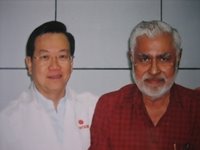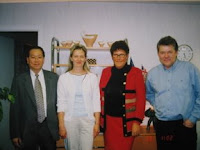Why is Compression Set measurement important?

Manufacturer: We are manufacturing some new rubber parts for engineering applications using SMR rubber from Malaysia. Part of the specification ask for very low compression set values. Can you please explain briefly the term "set" and how best could we achieve a low value?
JohnWoon: After having been deformed under force by either compression or tension for a period of time, most finished rubber products would almost recover to their original shape and size if the force is released and taken off.
As we all know, such recovery is not 100%. Some permanent deformation is to be expected and this is referred to as the "permanent set" because the rubber has "set" itself to the deformed state. It is known as "compression set" if the rubber is under compression such as bridge bearings and "tension set" when the rubber is under stretch or tension as in the case of rubber bands, rubber threads and beltings.
There are National and International Standards for measuring these two properties. For applications such as those mentioned above, this measurement is very important for obvious reason.
The degree of the "set" could be controlled with judicious design of the curative recipes. For maximum reduction of the permanent set, you should use a recipe design without elemental sulphur as far as possible. Sulphur-donors could be used in place of free sulphur. At the same time, you should aim at achieving as high a cure state as practically possible as this would ensure a high degree of crosslinking which is
also one of the prerequisites for low permanent set.
The downside of this approach is a loss of tensile strength although the heat ageing resistance would be enhanced. Hence a compromise should be reached.
Perhaps I should point out that there is another type of set caused by low temperature crystallisation during the service life of the rubber. The recipe approach I recommend above could in fact deteriorate this type of set. I am of course assuming that you do not have this problem as your products are being used at room or elevated temperatures ?


















































.jpg)
.jpg)



.jpg)
.jpg)
.jpg)
.jpg)
.jpg)
.jpg)
.jpg)
.jpg)
.jpg)
.jpg)
.jpg)
.jpg)
.jpg)
.jpg)
.jpg)
.jpg)
.jpg)
.jpg)












































